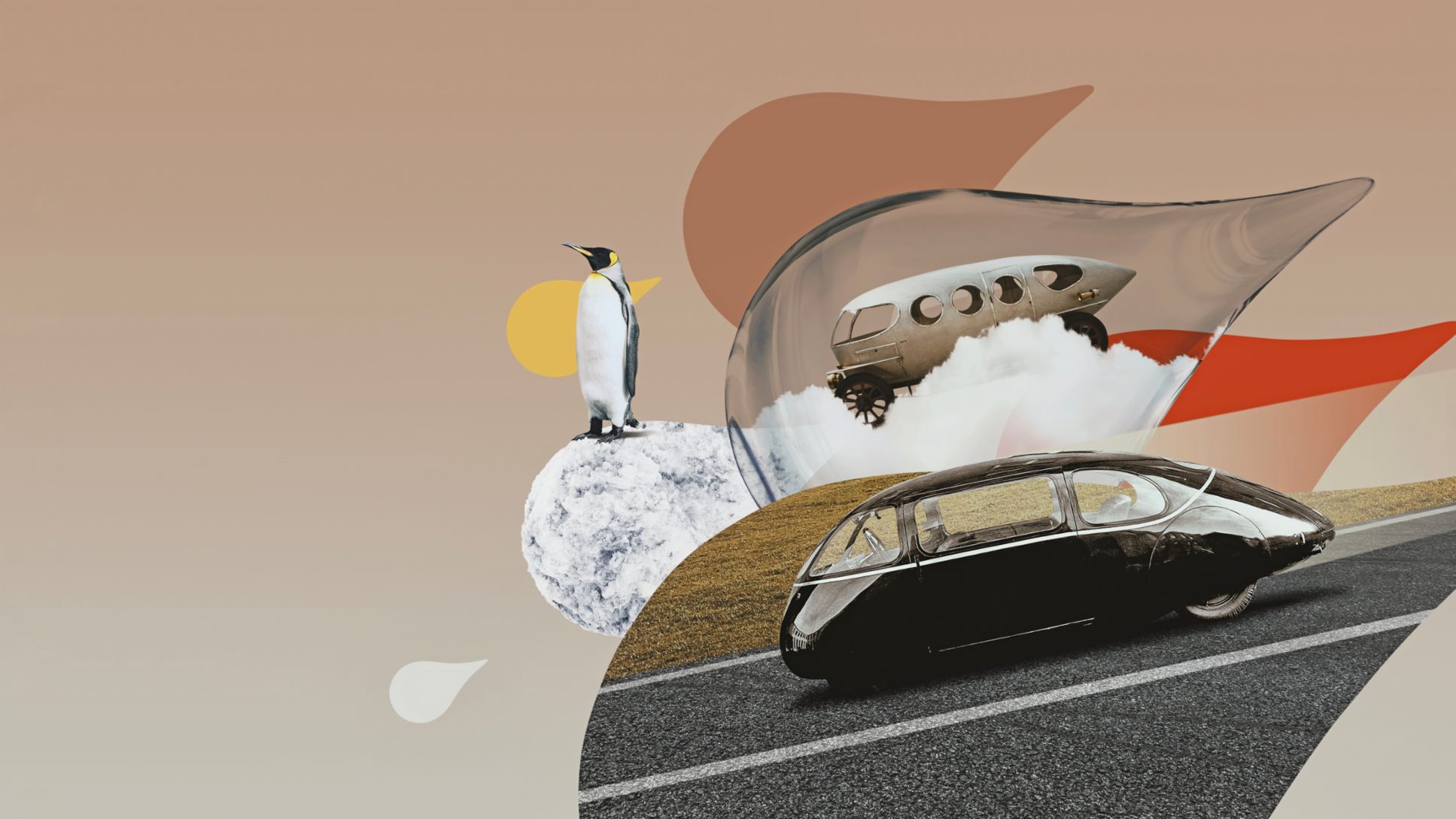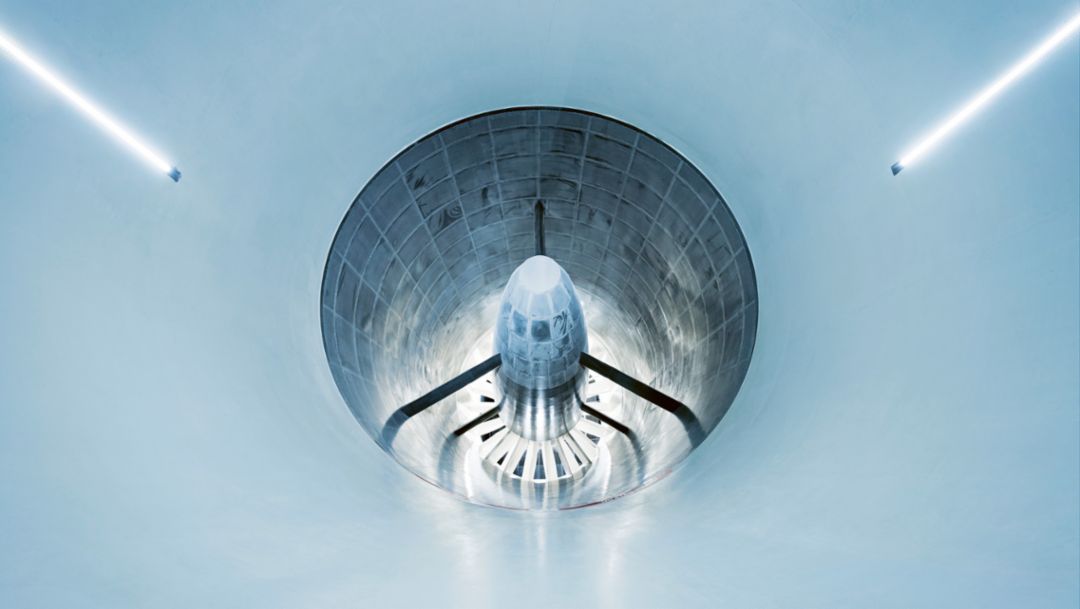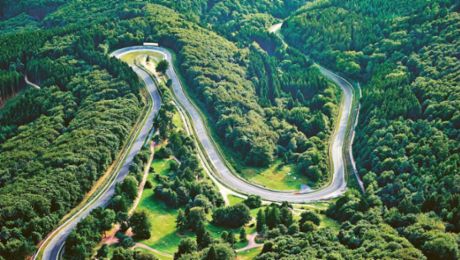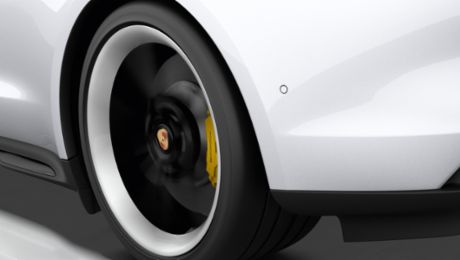Saving energy and increasing range by using the most streamlined shape possible is the objective of every aerodynamics expert. “If vehicles were designed solely with this aspect in mind, they would probably have the shape of a teardrop,” says Marcel Straub, Lead Engineer Aerodynamics and Thermal Management at Porsche Engineering. “That’s because it has a shape that air can flow around with particularly low resistance—round at the front and tapered at the rear, so there’s no ‘wake’ and no drag against the direction of travel.”
Drop shape close to ideal
Of course, this can also be expressed in numbers: A teardrop has a Cd value of 0.05. This value, however, is impossible to achieve in the real-life implementation of a vehicle. The reason: Although the drop shape would be close to ideal from the perspective of aerodynamics, it would obviously present major challenges in terms of housing the engine, passengers and luggage compartment. Wheels are also a major challenge from an aerodynamics development viewpoint. They cause air turbulence, and energy-sapping airflows occur in their wheel arches. An air cushion or magnetic levitation technology might solve the problem in this case. Another issue is the vehicle’s proximity to the ground, which prevents a perfectly symmetrical flow around the teardrop. A few centimeters above the road surface, it’s effectively impossible.
Fixing this would require ‘driving’ or flying at a height of several meters. We might well soon be seeing teardropshaped robotaxis that soar through the air with streamlined motions— sporting wings and a propeller at the pointy end. Practical implementation has proved elusive so far, however. By the way: There is a form that occurs in nature that is even more streamlined than the teardrop: the penguin! Tilted horizontally, and with a Cd value of 0.03, the penguin would make for an aerodynamically optimized car paired with an unmistakable shape. In this case too, the ground-proximate driving position, the wheels and the requirements with regard to installation space would foil any attempt at turning this into reality. It is, in fact, no coincidence— and aesthetically speaking, that might just be for the best—that teardrop cars such as Alfa Romeo’s ‘40-60 HP Aerodinamica’ from 1914 or the ‘Schlörwagen’ of 1939 failed to make the grade.
Info
Text first published in the Porsche Engineering Magazine, issue 2/2022.
Text: Christian Buck
Illustration: Julien Pacaud
Copyright: All images, videos and audio files published in this article are subject to copyright. Reproduction or repetition in whole or in part is not permitted without the written consent of Dr. Ing. h.c. F. Porsche AG. Please contact newsroom@porsche.com for further information.






